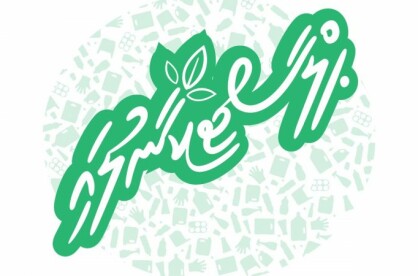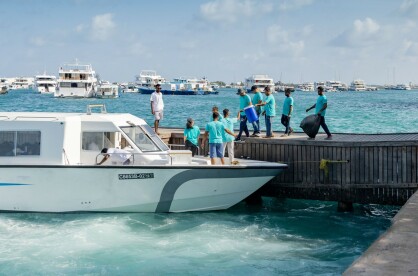The Greater Malé Area has come a long way from being a sleepy island, to become a busy metropolitan city. For generations, Malé lured in the masses from every part of the country with its strides in development, and being the capital, urbanization was inevitable. Nonetheless, the price tag on this urbanization, without the capacity to accommodate such growth, resulted in slumification.
The population of Greater Malé is now estimated to be in excess of 206,000 citizens, almost half of the whole population of the country. With an approximate land area of 6.8 km², this effectively makes it one of the most densely populated cities in the world.
The combination of high urbanisation, an increasing natural population growth rate and the limited space available for housing has compromised the quality of living in Malé. With most families choosing to split up the limited inherited land in order to gain independence, they are oftentimes left with pieces of land that are barely 200 to 300 square feet.
These families also lack enough expertise, know-how or funding to develop their little parcels of land. In an attempt to generate income from the booming rental market in Malé, landowners build multi-storied buildings. With layer upon layer of concrete and steel, without any planning or future-proofing, Malé is now well on its way to becoming a slum. Lax land-use plans, and regulations, add fuel to this fire. Greater Malé now has nothing more to offer, nor contribute, to a dignified standard of living for the very people who inhabit it.
The average monthly income of a person living in Malé is MVR13,762, with average household incomes at MVR37,035. A 2016 Household Income and Expenditure Survey cites average household monthly expenditure at MVR34,341, making it the most expensive part of the country to live in. The stressed imbalance between household incomes and expenditures leave many in a flux at the end of the month, but still forced to navigate the highly competitive rental market. Many of the owners of these rental housing complexes themselves live in similar sub-par "pigeon holes" struggling to make ends meet, juggling the repayments on the expensive loans taken out to build these complexes.
The housing units themselves have nothing much to offer in most cases. Regulations are disregarded in an attempt to generate an extra few rufiyaa of income, with stairs no different to ladders, kitchens without ventilation and rooms without windows, and with barely enough space to press one's forehead to the floor while prostrating in prayer. There is then the issue of adding a few apartments on the "terrace," and empty shafts where lifts should be. The rejection of human dignity in the construction of most of these buildings is apparent. Yet, regulatory authorities still certify these places as liveable.
Thus, Malé shamelessly houses its inordinately large population, with higher costs of living, and large families squeezed into smaller and smaller spaces, as they attempt to make it in the "metropolis" in the hope of a better future. However, without immediate and long-term plans to make Malé a better planned and more liveable city, it will continue unrestrained on its dangerous and haphazard path.







